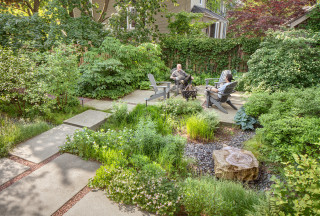To provide the best experiences, we use technologies like cookies to store and/or access device information. Consenting to these technologies will allow us to process data such as browsing behavior or unique IDs on this site. Not consenting or withdrawing consent, may adversely affect certain features and functions.
The technical storage or access is strictly necessary for the legitimate purpose of enabling the use of a specific service explicitly requested by the subscriber or user, or for the sole purpose of carrying out the transmission of a communication over an electronic communications network.
The technical storage or access is necessary for the legitimate purpose of storing preferences that are not requested by the subscriber or user.
The technical storage or access that is used exclusively for statistical purposes.
The technical storage or access that is used exclusively for anonymous statistical purposes. Without a subpoena, voluntary compliance on the part of your Internet Service Provider, or additional records from a third party, information stored or retrieved for this purpose alone cannot usually be used to identify you.
The technical storage or access is required to create user profiles to send advertising, or to track the user on a website or across several websites for similar marketing purposes.





While many of us are aiming to keep hard landscaping to a minimum in our gardens, a patio surface is a must if you want somewhere to set up a stable dining table or outdoor sofa. Luckily, it’s possible to create a paved or gravel area that’s both sustainable and perfect for a well-functioning patio.
Consider asking your builder or landscaper to use reclaimed materials, such as flagstones, cobblestones or bricks. Not only will they have a smaller carbon footprint, they’ll have a timeless feel that will contribute to the relaxed mood. Permeable materials, such as gravel and decomposed granite, provide a firm surface for furniture while keeping rainwater on-site. Responsibly sourced wood decking or composite decking made from recycled materials are good options too.
Also think about creating pockets of greenery amid the paving to soften the feel and aid drainage. As long as you have a large enough area to hold furniture legs, some paving stones, bricks or decking boards could be skipped in favor of low-growing plants, such as baby’s tears (Soleirolia soleirolii, USDA zones 9 to 11; find your zone), woolly thyme (Thymus pseudolanuginosus, zones 5 to 8) or small succulents set into gravel, to bring greenery up close.
Find a landscape designer near you on Houzz